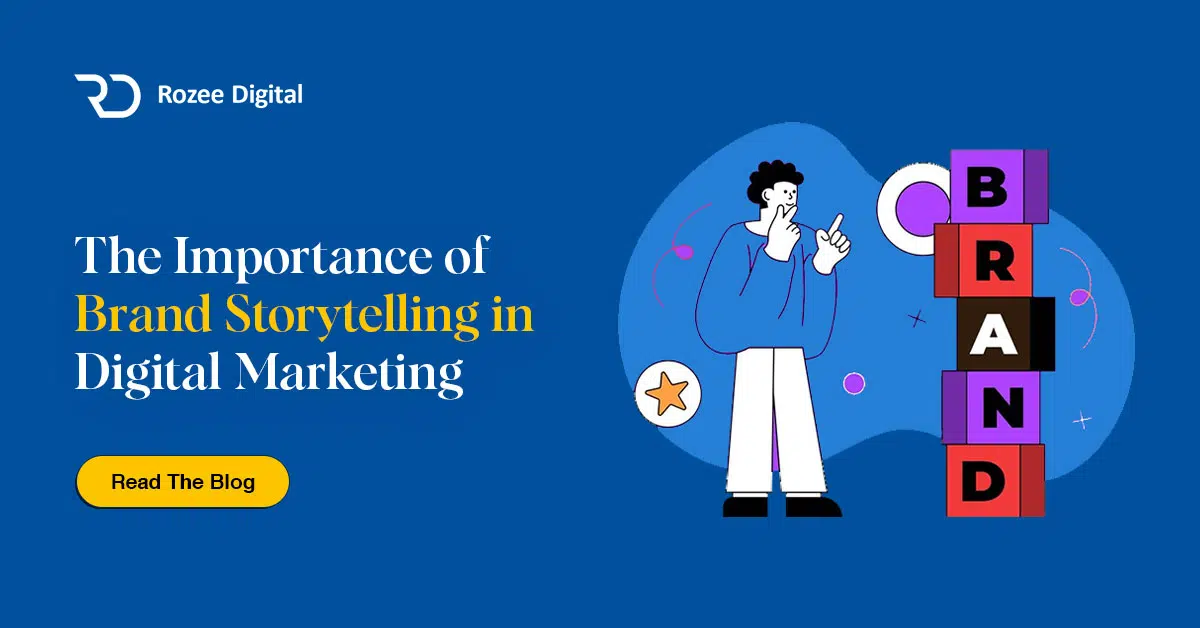The Power of Ad Creatives
Introduction to Ad Creatives
In the world of ecommerce, ad creatives play a pivotal role in capturing the attention and interest of potential customers. Ad creatives refer to the visual and textual elements that make up an advertisement, including the copywriting, visuals, and overall design. These elements work together to convey a brand’s message, promote products or services, and ultimately drive conversions.
Why Ad Creatives Matter in Ecommerce
In the highly competitive landscape of ecommerce, ad creatives can make or break a brand’s marketing efforts. They serve as the first point of contact between the brand and the target audience, creating an opportunity to make a memorable and persuasive impression. Effective ad creatives can help a brand stand out from the competition, increase brand awareness, and drive customer engagement.
By carefully crafting ad creative copywriting, businesses can communicate their value proposition, highlight key benefits, and create a sense of urgency or desire in the minds of potential customers. This can lead to higher click-through rates, increased website traffic, and ultimately, more conversions.
In addition to attracting attention and generating interest, ad creatives also play a crucial role in differentiating a brand from its competitors. They provide an opportunity to showcase unique selling points, such as product features, quality, or special promotions. By effectively communicating these factors, ad creatives can help build brand credibility and trust among consumers.
In the fast-paced world of ecommerce, ad creatives need to be concise, clear, and visually compelling. With limited time and attention from consumers, it’s essential to deliver a compelling message that captures their interest and encourages them to take action.
To create impactful ad creatives, businesses must understand their target audience, use persuasive language and emotional appeals, and keep the messaging concise and clear. Testing and optimizing ad creatives through techniques like A/B testing and analyzing performance metrics can further enhance their effectiveness.
In the following sections, we will delve deeper into the role of copywriting in ad creatives and explore the key elements that make ad copy effective. We will also provide tips for creating compelling ad creative copywriting that resonates with your target audience and drives results.
The Role of Copywriting in Ad Creatives
In the world of advertising, copywriting plays a crucial role in creating effective and impactful ad creatives. Copywriting involves crafting compelling and persuasive written content that drives the desired actions from the target audience. Let’s explore what ad creative copywriting is all about and the key elements that contribute to the effectiveness of ad copy.
What is Ad Creative Copywriting
Ad creative copywriting refers to the process of developing persuasive and engaging written content for advertisements. It involves carefully choosing words, phrases, and messages that capture the attention of the audience and compel them to take action. Whether it’s a catchy headline, a persuasive call-to-action, or a compelling product description, ad creative copywriting aims to convey the brand’s message in a concise and persuasive manner.
The goal of ad creative copywriting is to connect with the target audience, evoke emotions, and communicate the value proposition of the product or service being advertised. It requires a deep understanding of the target audience’s wants, needs, and pain points, as well as the ability to craft messages that resonate with them.
Key Elements of Effective Ad Copy
Effective ad copy consists of several key elements that contribute to its success in capturing the attention of the audience and driving the desired actions. These elements include:
1. Clear and Concise Messaging: Ad copy should convey the message clearly and concisely. It should be easily understood by the audience and leave no room for confusion.
2. Compelling Headlines: Attention-grabbing headlines are essential to capture the audience’s attention. A well-crafted headline should pique curiosity and entice the audience to read further.
3. Persuasive Language: The use of persuasive language helps to engage the audience and create a sense of urgency or desire. This can be achieved by employing techniques such as storytelling, emotional appeals, and the use of power words.
4. Unique Selling Proposition (USP): Communicating the unique selling proposition of the product or service is crucial in ad copywriting. It highlights the benefits or advantages that set the offering apart from competitors.
5. Call-to-Action (CTA): A strong and compelling call-to-action prompts the audience to take the desired action, such as making a purchase, signing up for a newsletter, or visiting a website. It should be clear, actionable, and create a sense of urgency.
6. Brand Consistency: Ad copy should align with the brand’s voice, tone, and overall messaging. Consistency helps to build brand recognition and trust among the audience.
By incorporating these key elements into ad copy, copywriters can create compelling and persuasive content that resonates with the target audience, drives engagement, and ultimately leads to the desired outcomes.
Understanding the role of copywriting in ad creatives is essential for businesses in the ecommerce industry. By crafting effective ad copy, they can effectively communicate their message, attract their target audience, and drive conversions.
Understanding the Importance of Ad Creative Copywriting
In the realm of ad creatives, copywriting plays a vital role in capturing the attention and interest of the target audience. Effective ad creative copywriting can make a significant difference in the success of an ecommerce campaign. Let’s explore three key aspects that highlight the importance of ad creative copywriting: grabbing attention and generating interest, communicating the value proposition, and creating a call-to-action.
Grabbing Attention and Generating Interest
The first objective of ad creative copywriting is to grab the attention of the audience and pique their interest. In a world filled with constant distractions, it’s essential to create compelling and engaging copy that stands out. A well-crafted headline or opening sentence can instantly captivate the reader and entice them to continue reading or viewing the ad.
To achieve this, the copy should be concise, impactful, and relevant to the target audience. Using strong and persuasive language, such as action verbs and emotionally appealing words, can help create intrigue and curiosity. By highlighting a unique selling point or a problem-solving aspect, the copy can effectively hook the reader and encourage them to explore further.
Communicating the Value Proposition
Once the attention has been captured, the ad creative copy must clearly communicate the value proposition of the product or service being advertised. This involves showcasing the benefits, features, and advantages that make the offering stand out from the competition. The copy should address the target audience’s pain points and demonstrate how the product or service can provide a solution or enhance their lives.
Using descriptive and persuasive language, the copy should emphasize how the offering fulfills the needs and desires of the audience. It should clearly articulate the unique selling points, whether it’s exceptional quality, affordability, convenience, or any other distinguishing factor. By effectively communicating the value proposition, the ad creative copy can compel the audience to take the desired action.
Creating a Call-to-Action
A call-to-action (CTA) is a crucial element in ad creative copywriting as it prompts the audience to take a specific action, such as making a purchase, signing up for a newsletter, or visiting a website. The CTA should be clear, concise, and compelling. It should use actionable language, such as “Shop Now,” “Sign Up Today,” or “Learn More.”
The CTA should also create a sense of urgency or exclusivity to encourage immediate action. This can be achieved by incorporating phrases like “Limited Time Offer,” “Exclusive Sale,” or “Only Available to the First 100 Customers.” By creating a compelling and persuasive CTA, the ad creative copy encourages the audience to move forward in their customer journey and convert into customers.
By understanding the importance of ad creative copywriting in grabbing attention, communicating the value proposition, and creating a call-to-action, ecommerce businesses can maximize the effectiveness of their advertising campaigns. Remember to tailor the copy to the target audience, use persuasive language, and keep the message clear and concise. With well-crafted ad creative copy, businesses can effectively engage their audience, drive conversions, and achieve their marketing goals.
Tips for Effective Ad Creative Copywriting
Crafting compelling ad creative copy is essential for capturing the attention of your target audience and driving conversions. Here are some tips to help you create effective ad copy that resonates with your audience.
Know Your Target Audience
To create ad copy that speaks directly to your audience, it’s crucial to have a deep understanding of their needs, desires, and pain points. Conduct market research and gather insights to identify your target audience’s demographics, preferences, and motivations. Use this knowledge to tailor your ad copy to their specific interests and concerns. By speaking directly to your audience, you can create a connection that resonates and drives action.
Use Persuasive Language and Emotional Appeals
To captivate your audience and compel them to take action, use persuasive language and emotional appeals in your ad copy. Emphasize the benefits and unique selling points of your product or service. Highlight how your offering solves a problem or fulfills a desire. Appeal to your audience’s emotions by tapping into their aspirations, fears, or desires. By using persuasive language and emotional appeals, you can create a sense of urgency and persuade your audience to click on your ad.
Keep it Concise and Clear
In the fast-paced world of digital advertising, brevity is key. Keep your ad copy concise and to the point. Avoid using jargon or complex language that may confuse or alienate your audience. Clearly communicate your message and value proposition in a way that is easily understood. Use short sentences and bullet points to break up the text and make it scannable. By keeping your ad copy clear and concise, you can ensure that your message is quickly and effectively conveyed.
Remember to always test and iterate your ad copy to optimize its performance. By analyzing the results and making data-driven adjustments, you can continuously refine your ad creative copywriting strategy for better results.
For more insights and best practices on ad creatives, check out our comprehensive guide on ad creatives.
Testing and Optimizing Ad Creatives
To ensure the effectiveness of your ad creatives, testing and optimization play a crucial role. By conducting A/B testing and analyzing the results, you can refine your ad copy and design to generate better outcomes. Here are two essential aspects of testing and optimizing ad creatives:
A/B Testing and Experimentation
A/B testing involves creating different versions of an ad and comparing their performance to determine which one resonates best with your target audience. It allows you to test various elements, such as ad headlines, visuals, calls-to-action, and even the overall messaging. By measuring the response rate and engagement metrics of each variation, you can identify the most effective combination of elements.
When conducting A/B tests, it’s important to focus on one variable at a time to accurately measure its impact. For example, you can test two different headlines while keeping other elements constant. This way, you can isolate the effect of the headline on ad performance. It’s also crucial to gather a significant sample size to ensure statistical significance.
To optimize your A/B tests, consider using a control group. This allows you to compare the performance of your new variations against a baseline or existing ad to gauge their relative effectiveness. By tracking key metrics such as click-through rates (CTRs), conversion rates, and return on ad spend (ROAS), you can make data-driven decisions and iterate on your ad creatives.
Analyzing and Iterating for Better Results
Once you have gathered data from your A/B tests, it’s important to analyze the results and draw insights. Look for patterns and trends in the performance metrics of each variation. Identify the elements that contributed to positive outcomes, such as higher click-through rates or conversions.
Based on your analysis, make iterative changes to your ad creatives. Implement the successful elements from the high-performing variations into your overall ad strategy. For example, if a specific headline led to increased engagement, consider using similar language or messaging in future ads. Continuously testing, analyzing, and refining your ad creatives will help you optimize their performance and achieve better results.
Remember to keep track of your testing process and document your findings. This will help you build a repository of knowledge regarding what works best for your target audience. By leveraging data-driven insights and continuously optimizing your ad creatives, you can refine and enhance your ad creative copywriting to maximize its impact and drive better outcomes for your ecommerce business.







